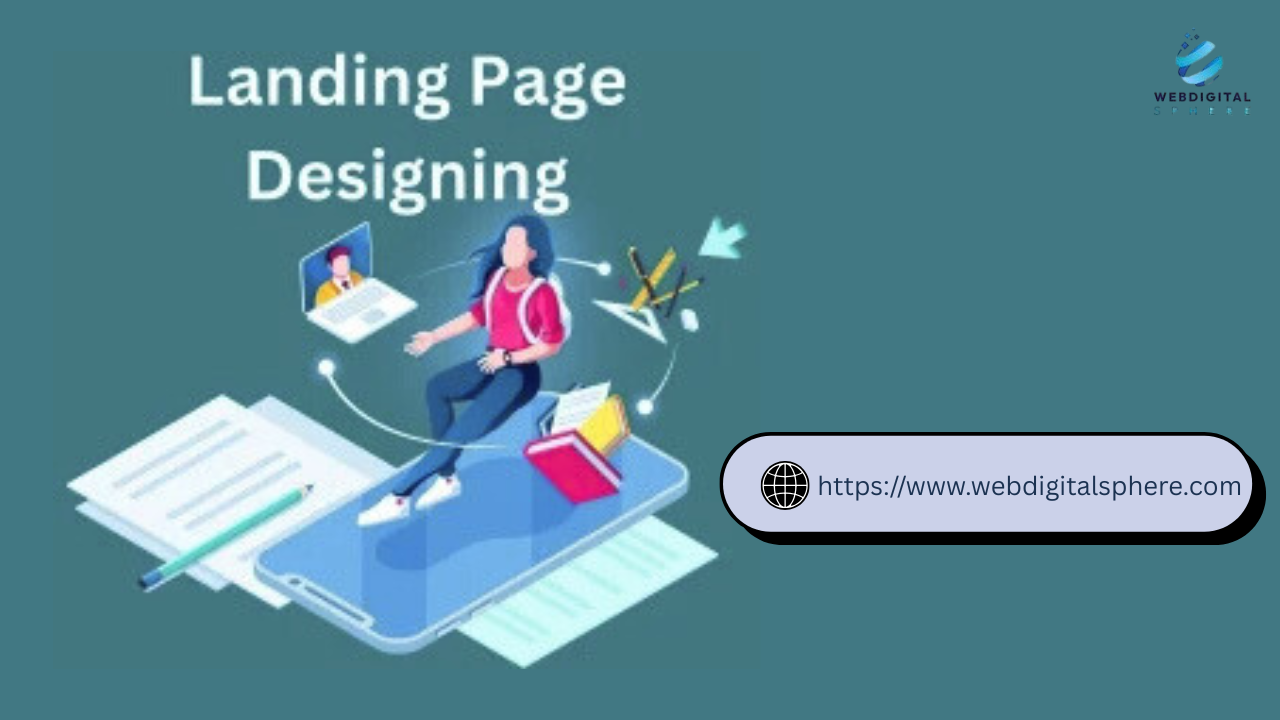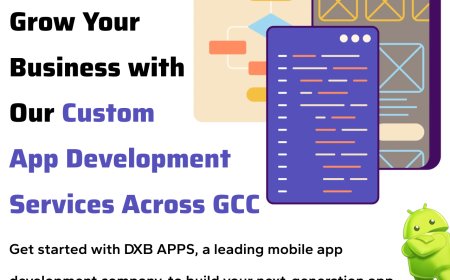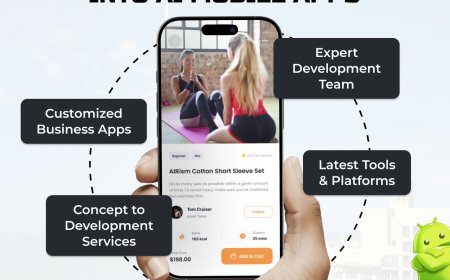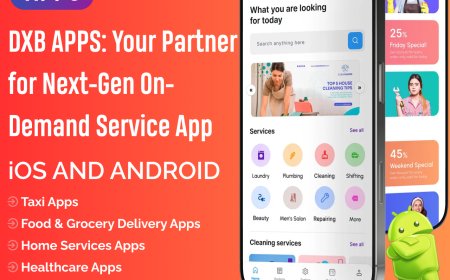The Art of Effective Landing Page Design
Discover the key elements of an effective landing page, including compelling headlines, strong CTAs, and trust-building design strategies that boost conversions and user engagement.

An effective landing page is the cornerstone of digital marketing success. Whether you're running paid ads, promoting a service, or launching a product, your landing page serves as the decisive point for conversions. Well-designed pages capture attention, build trust, and encourage users to take action. This article will explore the essentials of creating landing pages that truly convert.
The Purpose Behind a High-Converting Landing Page
A landing page design is a focused web page built for a specific marketing goal. Unlike a website homepage that offers multiple paths, a landing page is designed to prompt a single, defined action like subscribing, purchasing, or downloading. Its streamlined structure eliminates distractions and steers visitors toward conversion. By concentrating on one message, it significantly improves user focus and results. Learn more about crafting a successful landing page design to maximize your marketing efforts.
Key Elements of an Effective Landing Page
A high-converting landing page typically includes a compelling headline, a clear value proposition, relevant visuals, and a strong CTA. These elements work together to grab attention and guide the visitor. Visual hierarchy, layout, and readability also play significant roles in how users engage with the content. Each component must be strategically placed to reduce bounce rates and increase conversions.
Clear and Compelling Headline
Your headline should immediately communicate the value or solution offered. It grabs attention and sets the tone for the rest of the page. Use simple, benefit-driven language to connect with visitors. A strong headline keeps users engaged from the first second.
Strong Call-to-Action (CTA)
An effective CTA guides users toward the desired action, like signing up or buying. Use action-oriented words and place the CTA in visible areas. Make it visually distinct with contrasting colors or buttons. A clear CTA improves user experience and conversion rates.
Designing for User Experience (UX)
User experience is at the heart of successful landing page design. A page that is easy to navigate, quick to load, and visually appealing will naturally perform better. Simple navigation, mobile responsiveness, and well-spaced content enhance usability. Incorporating feedback mechanisms like forms or chatbots can also increase user satisfaction and engagement.
Crafting Compelling Headlines and Subheadings
Your headline is the first thing users notice, so it must immediately communicate value. A strong headline captures attention, while subheadings add context and clarify benefits. Use persuasive language that connects emotionally with your audience. Well-crafted headings improve content scannability and keep users engaged throughout the page.
Writing High-Converting Call-to-Actions (CTAs)
CTAs are arguably the most critical part of any landing page. Whether its Sign Up Now or Get Your Free Trial, your CTA should be clear, visible, and action-oriented. Use contrasting colors and strategic placement to draw attention. Supporting text around the CTA can address concerns and reinforce the value of taking action.
Using Trust Signals to Boost Credibility
Trust signals like customer testimonials, reviews, logos of past clients, or industry certifications can dramatically increase conversion rates. They reduce skepticism and reassure visitors that your product or service is reliable. Make sure these elements are placed near the CTA or value proposition to reinforce credibility at the moment of decision.
Optimizing for SEO and Speed
Landing pages must also be search engine optimized to attract organic traffic. Use relevant keywords naturally in your headings, paragraphs, image alt-text, and meta descriptions. Additionally, page speed plays a vital role in SEO and user experience. Compress images, use clean code, and eliminate unnecessary scripts to ensure fast load times.
A/B Testing and Continuous Improvement
Creating an effective landing page isnt a one-time task. Use A/B testing to compare different headlines, CTAs, and layouts. Measure key performance indicators like bounce rate, time on page, and conversion rate to understand whats working. Continuous testing and updates allow for ongoing optimization and better long-term results.
Conclusion
Mastering the art of effective landing page design involves more than just aesthetics. Its about aligning design with user intent and business goals. From compelling headlines and trust signals to responsive layouts and SEO, every element plays a role in achieving conversions. With thoughtful planning and consistent testing, your landing page can become a powerful tool for driving results.
FAQs
Q1: What makes a landing page different from a homepage?
A landing page focuses on one goal or CTA, while a homepage contains multiple links and broader navigation options.
Q2: How long should a landing page be?
It depends on the goal, but it should be long enough to convey value and answer objections without overwhelming the user.
Q3: How can I increase conversions on my landing page?
Use persuasive headlines, strong CTAs, trust signals, and ensure your design is user-friendly and responsive.
Q4: What are the common mistakes in landing page design?
Cluttered layouts, weak CTAs, lack of trust elements, and slow page speeds are common pitfalls.
Q5: Do I need separate landing pages for each campaign?
Yes, personalized landing pages tailored to each campaign perform better and lead to higher conversion rates.











































